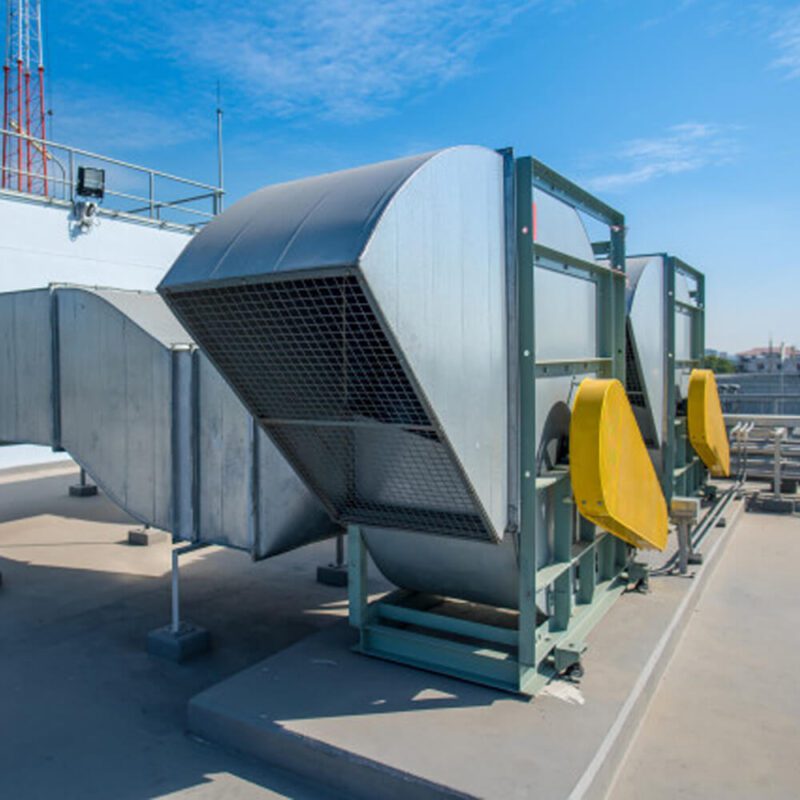Non-mechanical ventilation refers to a method of achieving indoor air circulation and ventilation through natural air flow or other non-mechanical means. In building design and indoor environment control, non-mechanical ventilation is widely used to provide a comfortable and healthy indoor environment. This article will describe the different types of non-mechanical ventilation methods, including natural ventilation, stack effect ventilation and fan-assisted ventilation.
- Natural ventilation:
Natural ventilation is a method that uses natural air flow and air pressure differences to achieve indoor air circulation. It relies on the design and layout of the building and is achieved through the rational placement of doors, windows, vents, and skylights. Natural ventilation can achieve the exchange of indoor and outdoor air through the driving force of wind and air pressure difference, thereby improving indoor air quality. - Heap effect ventilation:
Heap effect ventilation is a method that uses air movement caused by temperature differences to achieve indoor air circulation. In buildings, by rationally setting vents and skylights, the air movement caused by the difference in indoor and outdoor temperatures is used to achieve natural circulation of indoor air. Heap effect ventilation is suitable for high-rise buildings or areas with large temperature differences, and can effectively improve indoor air quality. - Fan-assisted ventilation:
Fan-assisted ventilation is a method that uses mechanical devices, such as fans, to increase indoor air circulation. By setting up fans and vents, mechanical force is used to promote the flow of indoor air and accelerate air exchange and ventilation effects. Fan-assisted ventilation is suitable for places that require rapid ventilation or cannot rely on natural airflow to achieve ventilation, such as confined spaces or areas that require a large number of people.
To sum up, non-mechanical ventilation includes different types such as natural ventilation, stack effect ventilation and fan-assisted ventilation. Depending on the design and needs of the building, appropriate non-mechanical ventilation methods can be selected to improve indoor air quality and provide a comfortable indoor environment.

